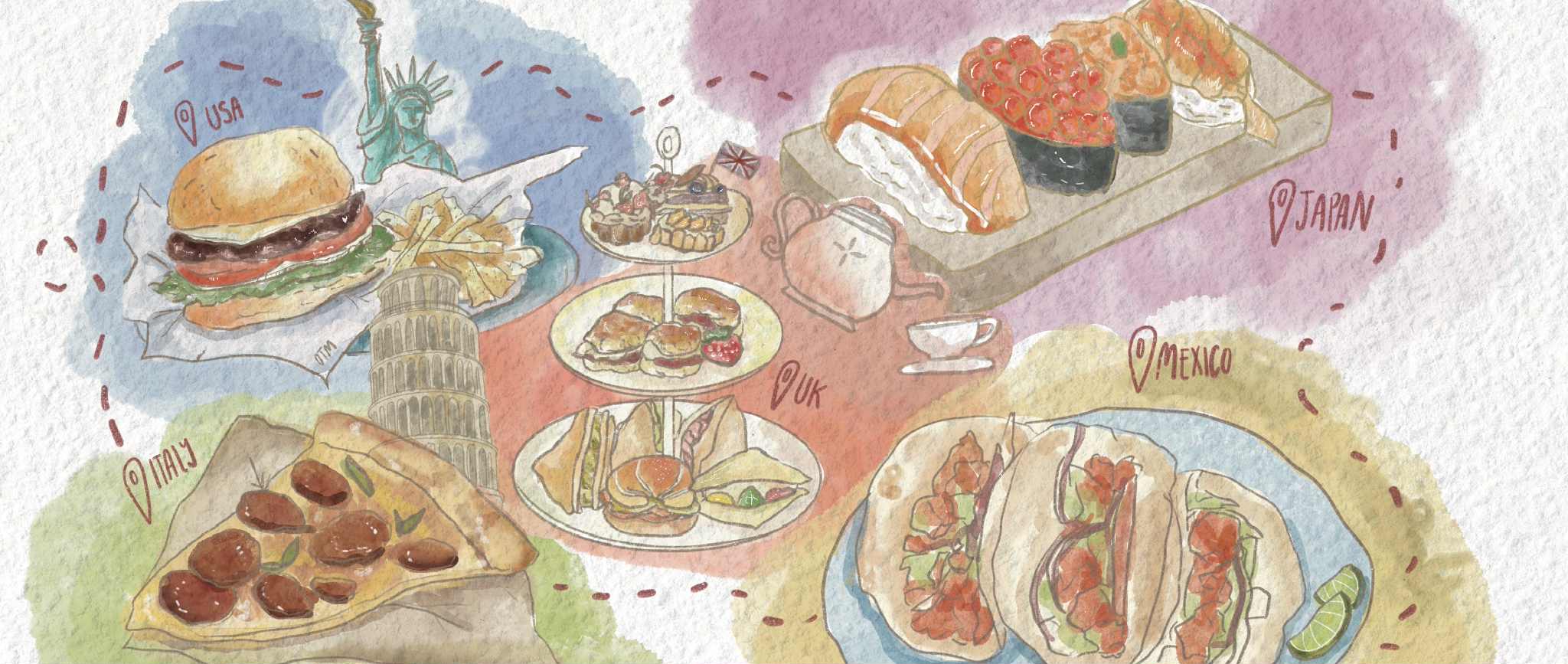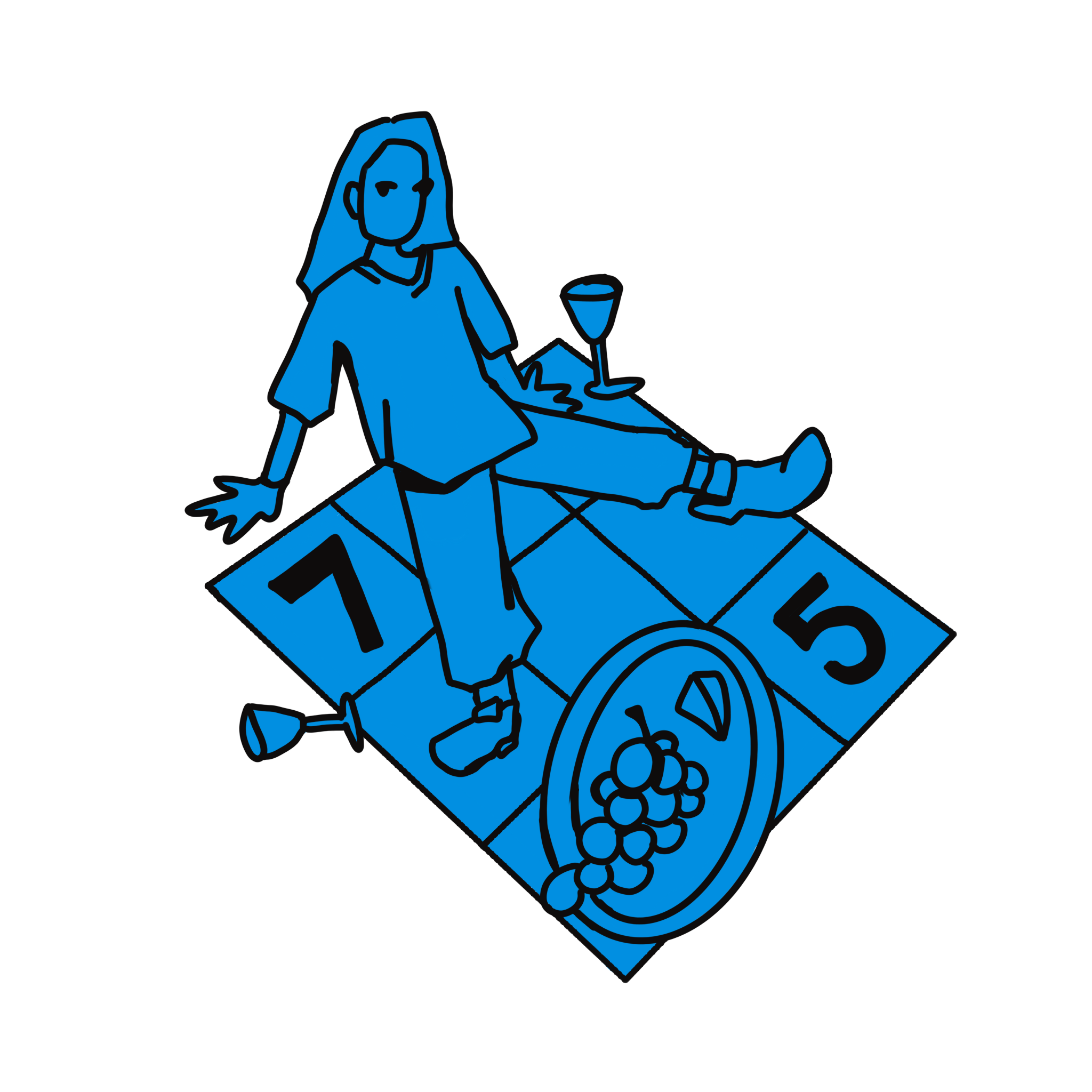I was sitting in Art Studio 2D last quarter when Ms. Beckman asked the class, “How many of you want to create representational images?” In a class of about 200 people, maybe 40 hands slithered up in affirmation. Ms. Beckman responded, “Why not just take a picture?”
You might have interpreted her response as a quick and clever commentary on the role of rote realism in the artistic creation. Since the advent of the camera, why bother rendering what actually is? Why not open yourself up to what you see? Does art begin where realism ends?
As the ultimate conspirator of realism, photography has lounged in a limbo between fine art and mere documentation since its inception. Admittedly, the range of photography definitely encompasses the gamut from strict scientific illustration to mixed-media abstract collage. And then, of course, there are landscapes.
No setups, no intervention; some would say there’s very little reflection of the artist at all. The realism labors to communicate the “scale and grandeur,” “the power of nature” and “the majesty.” But is that enough to earn a place in the world of fine art?
The recent show at the Santa Barbara Museum of Art presents yet another opportunity to discuss the place in the world of fine art that photography occupies. “Dual Visions of the American West” features the photography of Santa Barbara native artists Macduff Everton and David Muench. These two are photographers, realists and they each lend their “good eyes” to current exhibits featuring – you guessed it – landscapes and other portrayals of good old Mother Nature.
The exhibits are physically separated into adjoining shows, each exhibit featuring approximately 20 shots. Everton communicates lonely and ominous panoramas while Muench meticulously carves “ancient patterns” onto film. They both do a fine job of articulating the common exceptionally – or is it the exceptionally common?
It’s interesting that the museum’s website describes these two as “contemporary photographers.” If their images were paintings of landscapes, would they still hold up the title of “contemporary?” You know, the Contemporary Arts Forum is just down the block from Santa Barbara’s more mature museum. Would they show these two artists – photos, paintings or otherwise?
There are several well-focused academic arguments on the “Is photography art?” discussion available via the web. One thesis includes some comments from artists that go a long way toward crystallizing some of the sentiment behind this debate.
Everton and Muench’s subject matters’ most interesting qualities may be that they serve as poignant examples in the discussion on “Is photography art?” If the “artist’s involvement” is what is to be revered in fine art, how much of the artist can we know from a picture of a thunderstorm moving across a moody desert landscape? If we lure the lens past the expression in abstraction into realistic portrayal, what opportunity do we have to sneak a peek at the artist’s inner workings?
As students of art, we’ve heard that “Everything has been done before.” If that’s true, perhaps art’s frontier is in the residue that’s left on a piece after it has passed through the artist. As voyeuristic consumers of art, we want what’s under the covers. We appreciate the privilege of being let in on the source of the steam, the personal and the contemporary passion. Since everything has been done before, it’s the fury, fun and flaws that the artist adds to the subject matter that spins our wheels. That makes it art.
If nature is good subject matter, go outside. When you return to your work, draw from your inspiration and make your mark. As carpentry is to architecture, so is realism to creation. With so many rules to follow, why not celebrate the opportunity to create without boundaries?
With regard to “Dual Visions,” maybe you should go see it. Or just skip it. If you’re saving up your energy for a trip downtown, consider holding off for the Contemporary Arts Forum’s “Portraits 2000” opening this weekend upstairs from California Pizza Kitchen in Paseo Nuevo. In contrast to Everton and Muench’s “contemporary” work, you might find just a bit more expression in this exhibit.




















